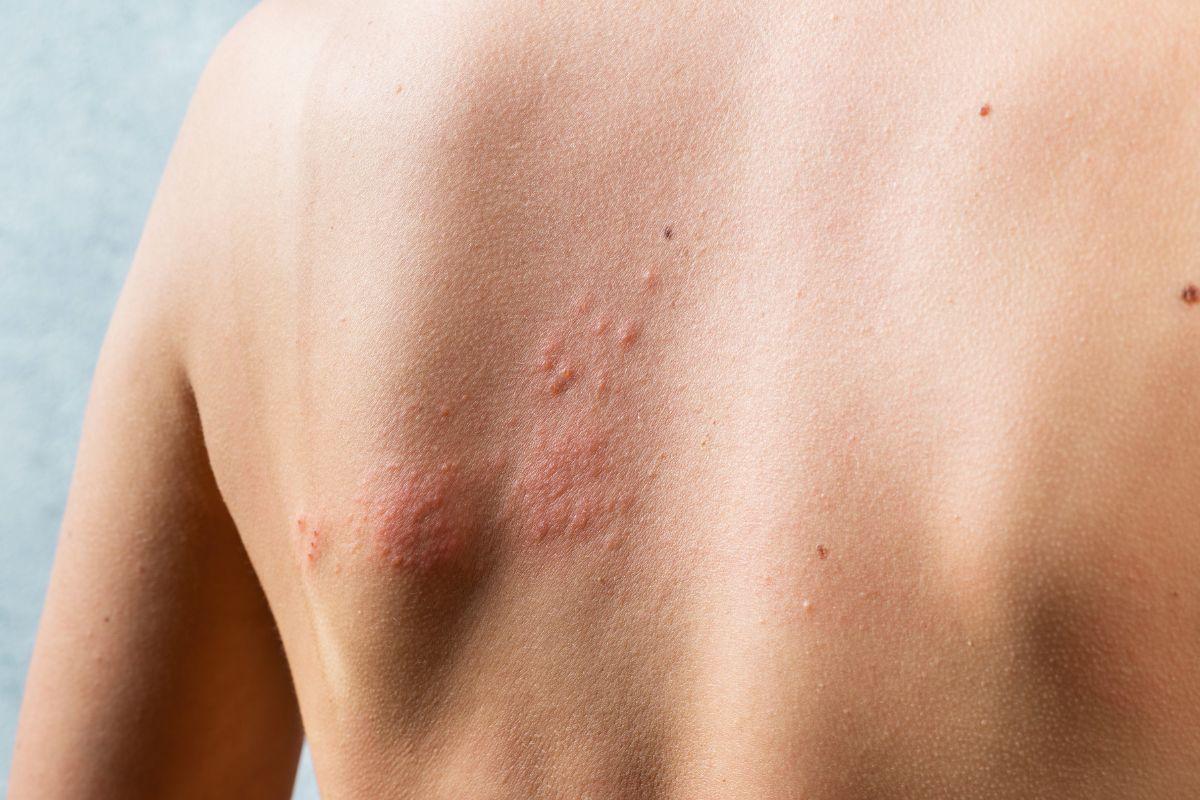‘Circumcised men surgery’ is a big and serious decision to make. If you are thinking of circumcision as an adult, you need all the information.
Reasons:
There are many reasons for circumcision after 16 years of age and adults:
- Lichen sclerosis called Balanitis xerotica obliterans (BXO) in men
- Tight foreskin (phimosis)
- Recurrent Balanitis
- Trauma
- Cancer
- Personal
- Cultural
- Religious
- Hygiene
Preparation:
There are a few ways in which you should prepare for your surgery, such as hygiene, what you consume and just overall lifestyle tasks. Take a look at this checklist before your visit, and keep these tips and suggestions in your mind:
- Pubic Hair
Shave your pubic hair a few days in advance of the operation - Sex
There will be a period of up to 4 to 6 weeks to avoid the sexual activities. It is appropriate that you reduce your desires beforehand - Alcohol
Do not take any alcohol prior to the circumcision as it can dehydrate you and may reduce the effectiveness of the local anaesthetic. - Aspirin and blood-thinning medication
Do not take Aspirin or any blood-thinning medicine after your doctor (GP) advice since these can increase bleeding from a wound after the circumcision. - Hygiene
On the day of the circumcision take a good shower with cleaning your genitalia and foreskin. Immediately before the time of the operation empty your bladder. - Underwear
You should bring a pair of tight-fitting briefs to underwear afterwards, which will minimise the movement and keep the surgical dressing in place. - Food and Drink
In case of a local anaesthetic, eat and drink as normal. If you are having general anaesthesia, then keep nil by mouth for 6 hours. You should keep well hydrated afterwards. Vitamin E and C will promote healing. - Smoking
Stop smoking as this interferes with the healing of the wound. - Time off from work
Arrange time off work from 2-7 days.
Procedure:
This is the surgical removal of the foreskin (skin covering the head of the penis) guided by special forceps or knife under local anaesthesia or general anaesthesia.
Styles of the circumcision
- High and low “cut” circumcision
This perception is due to the scar line from the groove of the head of the penis and also depends upon how much inner or outer skin is removed. “High circumcision” means the scar line is away from the head of the penis with more outer skin is cut off and leaving long inner skin. “Low circumcision” means the scar line is near to the head of the penis with cutting off more inner mucosal skin. - Tight versus loose “cut” circumcision
Tight and loose circumcision depends upon how much total foreskin is removed, age of the patient, the mobility of penile shaft skin and attachment of the skin at the base of the penis. The tight circumcision is sometimes not possible because of the loose attachment of penoscrotal junction, buried penis, or the ageing process. Tight circumcision should not be puzzled with tightness of erection. Sometimes loose circumcision may look like partial circumcision. Circumcision styles may have a considerable difference in fully flaccid and erect penis. Very tight circumcision might have a painful erection during sexual activity. “High and tight circumcision” is not compatible with each other.
Benefits of the circumcision
- The protective effect of circumcision against urinary tract infections (UTI) continues into adulthood with a 5.6-fold higher rate of UTI in the uncircumcised adult. The studies have calculated that up to 24% of uncircumcised males, compared with 8% of the circumcised will get a UTI over an adult lifetime
- In 2006, sexually transmitted diseases (STIs) that examined 26 research papers found circumcision protected against syphilis, chancroid, HIV and genital herpes (HSV-2) in circumcised men
- A link between phimosis and penile cancer has been known for a very long time.
- A history of balanitis has been reported in 45% of penile cancer patients compared with 8% of healthy adults.
- Penile lichen sclerosus (BXO) (28–50%) is associated with penile cancer
- Many studies found that the risk of cervical cancer in women whose male partner had a high sexual behaviour risk was 5.5 times greater if the man was uncircumcised
Complications of circumcision
Minor complications are more common than the serious consequences of the procedure. Here are some minor complications that may occur:
- Swelling
- Bleeding
- Infection
- Scarring
- Sensation change
- Revision
- Wound gap
- Psychological impact
Serious complications are exceedingly rare, which include severe haemorrhage, sepsis, urethral fistulas, glans necrosis, penile denudation, penile loss, and Fournier gangrene
Aftercare for adult circumcision
- A bandage is applied around the wound line
- Simple painkillers help to reduce the pain after circumcision for a few days
- Vaseline should be applied to the tip of the penis
- Please keep the wound dry for 3 days
- You may take a brief shower after 3 days with glue circumcision and after 5 days with circumcision with stitches
- Glue starts sloughing within 7-10 days
- Apply antibiotics ointment on the stitches for 10 days
- Absorbable stitches will fall off after 2-3 weeks
- Do not swim and gym for 2 weeks
- Refrain from any sexual activity for 4 to 6 weeks.
- Bio-oil and vitamin E cream can help to reduce the scarring
- In case of biopsy-proven BXO, you must consult a urologist again after 4-6 weeks of your circumcision.
Summary
In summary, circumcision is an irreversible procedure, so as an adult you must carefully consider whether the procedure is right for you. It is important to know all the information before the circumcision and to discuss all expectations with your urologist to avoid any unintended consequence. Sometimes 2-6 months is required for your body to adjust to the new configuration. In most experienced surgeons, it is usually an excellent outcome after the glue circumcision with minimum complications.




